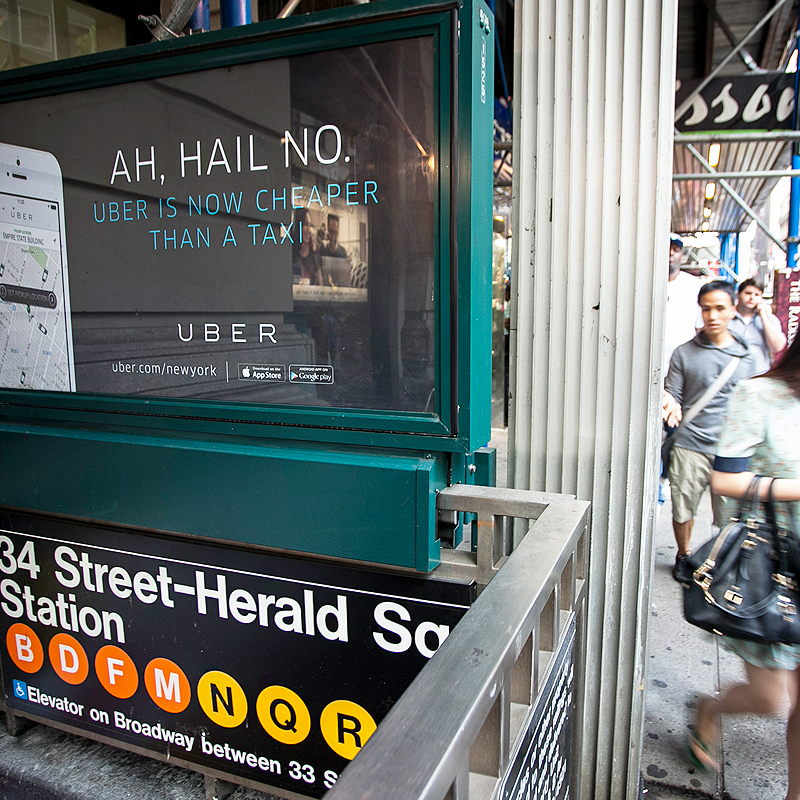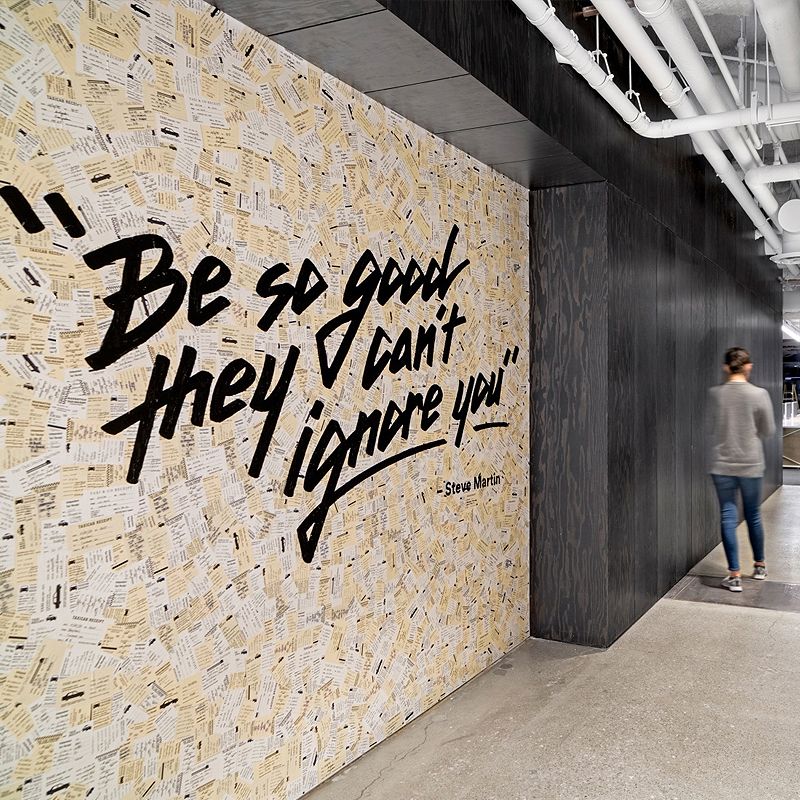
How Uber
Got Their First Users
Uber is a car-for-hire mobile platform connecting driver-partners and passengers. Founded in 2009 (San Francisco, CA).

The company started with black cars driven by professional drivers.
First and foremost, during the year of preparation to the official launch Uber removed the friction from the typical taxi cab transaction, and made it "no sweat experience" a highly enjoyable in the process. Some might remember that before Uber using taxi cabs was a pain in the neck (stalking them outside, searching for a taxi dispatch, waiting for 20-50 min, stressful negotiations about the cash, meter, charge, drivers that made you feel uncomfortable, etc.) Uber disrupted that traditional industry, creating the First User Experience that was "Wow-UX" turning any new user into their brand advocate ("Evangelist").
Right after that First UX was tested and approved as the micro MVP, they made an official launch and focused on local growth in Uber knew that launching in San Francisco. Moreover, they focused on the local tech community who are continually looking for new tools and services that improve their quality of life (tech community is the perfect Early Adopters with the lowest CPAU). Uber aimed at those people by sponsoring tech events, providing free rides, and in general driving awareness among this audience. That triggered not only the viral growth but was a quirky move because tech community users made their way on the top chart of the intensest of the media that time already. Ergo, they organically attracted media to Uber as an avalanche.


So, drawing on those two crucial points by January 2011, just six months after the official launch, Uber had had between about 5,000 users and had already done between around 15,000 rides over San Francisco, California.
After that, they began their country expansion reproducing their SF experience locally city by city. It’s worth mentioning than whey they chose the next town for expansion they considered following real-life situations to leverage in the targeted cities: restaurants and nightlife, holidays and events, weather, sports. Each of these factors makes driving yourself problematic at best, so they made a rating score for each principal city of the US and had appealed to it every time since.

Book a consultation
Hire me as your unfair advantage to leverage your startup's growth and traction!
HIRE ME ($300-500/h)